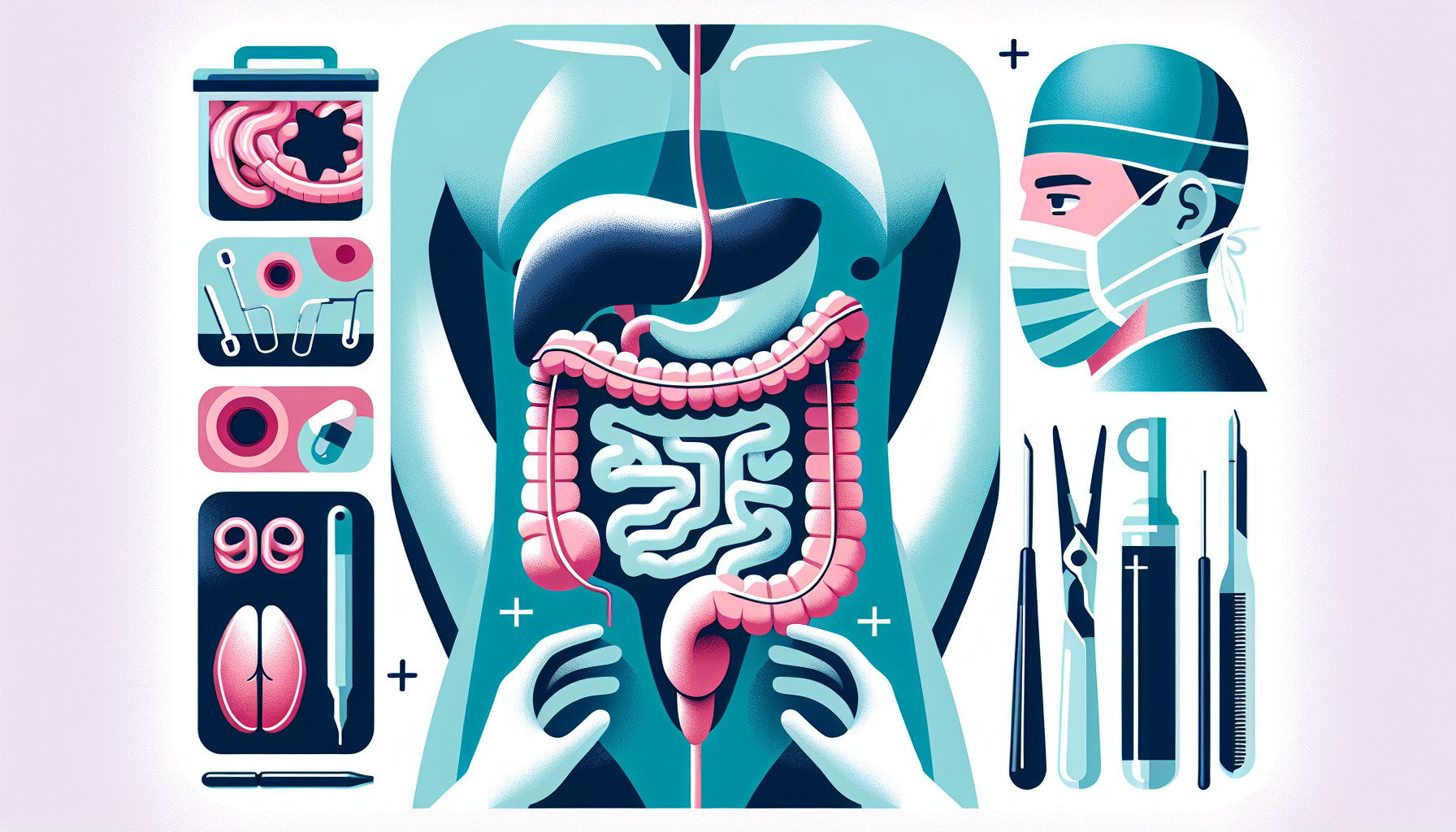Our Summary
This research paper discusses a severe and often deadly side effect that can occur after a certain type of stem cell transplant. This side effect is called gastrointestinal (GI) graft-versus-host disease (GVHD), which damages the gut. It’s becoming more apparent that the lining of the gut isn’t just a victim of this disease, but it also plays a role in how the disease begins.
Over the past 20 years, scientists have learned more about this lining and the environment around it. This knowledge has led to new ways to potentially prevent and treat this damage, and to help the gut heal after being injured.
The paper reviews how the gut lining gets injured and its role in the disease. It also discusses possible ways to protect the gut after a transplant and encourage it to heal. This might involve combining different types of treatment, including those that control the immune system, protect the gut lining, and stimulate healing. These combined approaches could be the key to helping the gut recover and improving treatment for severe gut GVHD.
FAQs
- What is gastrointestinal graft-versus-host disease (GVHD)?
- What role does the intestinal epithelium play in the onset of GVHD?
- What are some potential approaches to protect the gastrointestinal tract from damage post-transplant?
Doctor’s Tip
One helpful tip a doctor might tell a patient about intestinal transplant is to closely follow the prescribed immunosuppressive regimen in order to prevent graft-versus-host disease (GVHD) and promote successful transplantation. Additionally, maintaining a healthy diet and lifestyle, as well as regular monitoring with medical professionals, can help ensure the best outcomes post-transplant.
Suitable For
Patients who may be recommended for intestinal transplant typically include those with severe intestinal failure or dysfunction that cannot be managed with conventional therapies, such as parenteral nutrition or surgical interventions. Common indications for intestinal transplant include:
Short bowel syndrome: This condition occurs when a significant portion of the small intestine is missing or non-functional, leading to malabsorption of nutrients and fluids. Patients with short bowel syndrome may require frequent hospitalizations, have difficulty maintaining weight and nutrition, and may be at risk for complications such as bacterial overgrowth or liver disease.
Chronic intestinal pseudo-obstruction: This rare condition causes symptoms similar to a bowel obstruction, but without a physical blockage. Patients with chronic intestinal pseudo-obstruction may experience severe abdominal pain, bloating, and constipation or diarrhea. Treatment options are limited, and intestinal transplant may be considered in severe cases.
Intestinal failure associated with intestinal diseases: Patients with inflammatory bowel disease, motility disorders, or other chronic intestinal conditions that result in severe malabsorption or dysfunction may be candidates for intestinal transplant if other treatments have been ineffective.
Complications of previous abdominal surgeries: Patients who have undergone multiple abdominal surgeries, leading to short bowel syndrome, adhesions, or other complications that affect intestinal function, may benefit from intestinal transplant to improve quality of life and prevent further complications.
Severe complications of chemotherapy or radiation therapy: Patients who have undergone aggressive cancer treatments that have damaged the intestines and resulted in severe intestinal dysfunction may be considered for intestinal transplant to improve their quality of life and long-term outcomes.
Overall, intestinal transplant is a complex and high-risk procedure that is reserved for patients with severe intestinal failure that cannot be managed with other treatments. Patients must undergo a thorough evaluation by a multidisciplinary transplant team to determine if they are suitable candidates for the procedure and to ensure that they have the support and resources necessary for a successful transplant and recovery.
Timeline
- Before intestinal transplant:
- Patient undergoes evaluation by a transplant team to determine if they are a candidate for intestinal transplant.
- Patient is placed on a waiting list for a suitable donor organ.
- Patient undergoes pre-transplant testing and preparation for surgery.
- After intestinal transplant:
- Patient undergoes surgery to receive the new intestine.
- Patient is closely monitored in the hospital for complications and signs of rejection.
- Patient is placed on immunosuppressive medications to prevent rejection of the transplanted organ.
- Patient undergoes regular follow-up appointments and testing to monitor the function of the transplanted intestine.
- Patient may experience complications such as infections or graft-versus-host disease (GVHD).
- Patient may need additional treatments or interventions to manage these complications.
- Patient works with a multidisciplinary team to support their recovery and overall health post-transplant.
What to Ask Your Doctor
- What is the success rate of intestinal transplant procedures?
- What are the risks and potential complications associated with intestinal transplant surgery?
- How long is the recovery process after an intestinal transplant?
- What medications will I need to take to prevent rejection of the transplanted intestine?
- How often will I need to follow-up with my transplant team after the procedure?
- What lifestyle changes will I need to make following an intestinal transplant?
- How will an intestinal transplant impact my overall quality of life?
- What are the long-term effects and potential complications of an intestinal transplant?
- How will my diet and nutrition needs change after an intestinal transplant?
- Are there any alternative treatments or therapies available for intestinal issues aside from transplantation?
Reference
Authors: Jansen SA, Nieuwenhuis EES, Hanash AM, Lindemans CA. Journal: Mucosal Immunol. 2022 Apr;15(4):605-619. doi: 10.1038/s41385-022-00527-6. Epub 2022 Jun 2. PMID: 35654837
